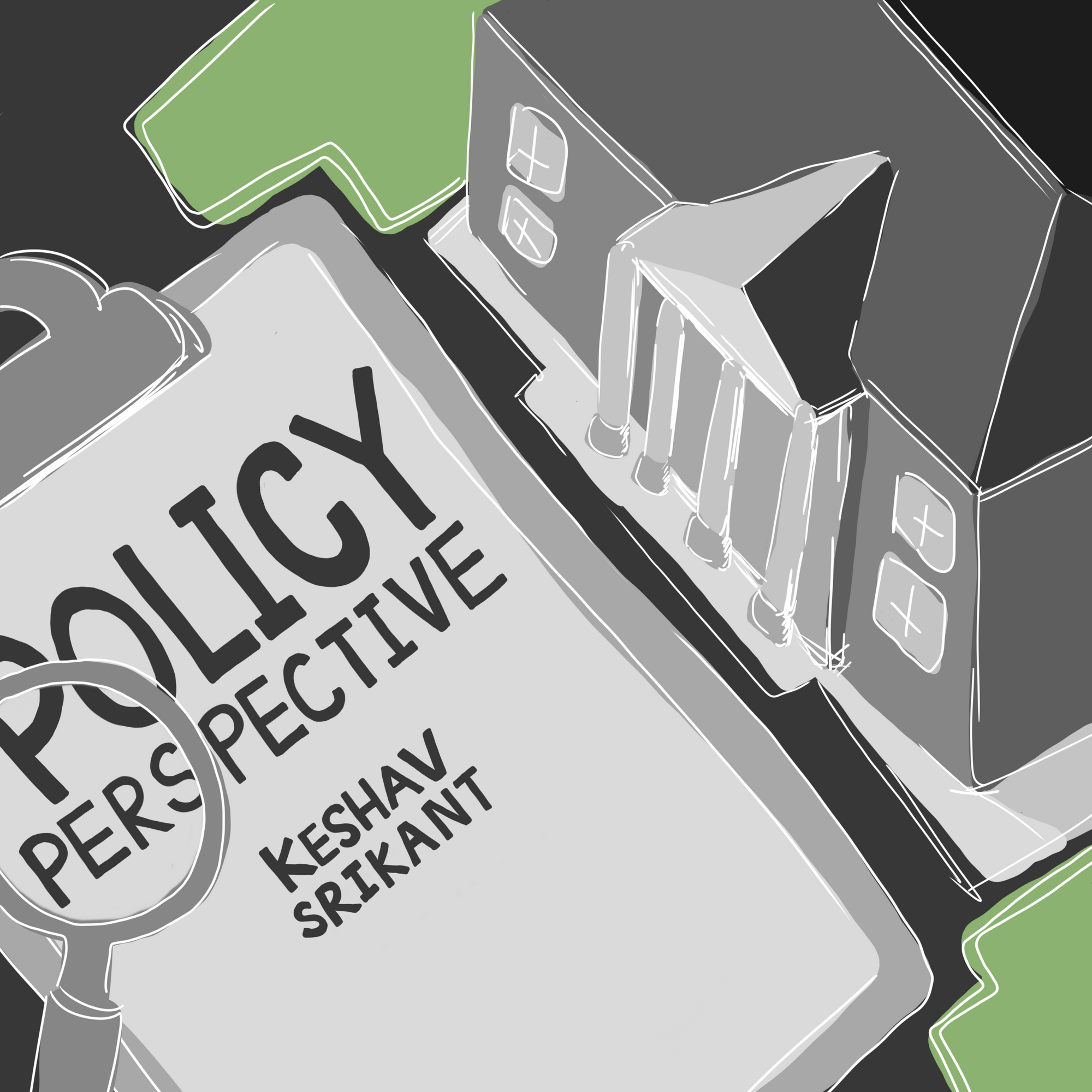It’s easy to see the appeal of high-speed rail. One only needs to consider the success of the Shinkansen bullet trains in Japan to see the benefits. A 2021 research paper found that the Shinkansen reduces travel times and increases job opportunities. There are environmental benefits to high-speed rail as well: A 2011 paper studying proposed high-speed rail in Sweden found it could meaningfully reduce direct vehicle-based carbon emissions.
Given this, it’s easy to see why many advocate for building a high-speed rail network in America. In 2008, California announced an ambitious high-speed rail project from San Francisco to Los Angeles which was expected to take 12 years and cost taxpayers $33 billion dollars. As of 2022, the estimated cost had become $113 billion, and at the current rate of spending is not likely to be completed this century.
This failure stemmed from a myriad of problems. The National Society of the French Railways initially recommended the state focus on merely connecting Los Angeles and San Francisco, but politics led the state to reject the proposal and attempt to build a more circuitous, longer and expensive route. As the state tried to do this, they faced geographical and engineering challenges, had to enter lawsuits to find land to build rail on and faced Buy America requirements that slowed the project down.
While it is tempting to believe the factors that led to the failure of California’s high-speed rail project are unique to the state, they are not. In 2009, the Obama administration invested billions to build high-speed rail across the country, yet the high-speed rail network he promised has failed to materialize. Furthermore, research has found that it would cost America significantly more to build the same high-speed line compared to its peer countries.
This means the cost-benefit analysis we conduct when considering high-speed rail projects in America is necessarily different from ones conducted in Europe or Japan, where it clearly makes sense to build more high-speed rail. In a world with no trade-offs, we could ignore the increased costs in pursuit of the undeniable benefits, but in today’s world, every dollar spent on high-speed rail is often a dollar not spent on other impactful social programs and infrastructure. For example, California Gov. Gavin Newsom recently vetoed bills that would have made hearing aids more affordable and funded state-owned social housing, citing concerns about costs and California’s budget deficit.
This does not mean we shouldn’t build more public transit. Subways and commuter rails are used every day by many Americans in many major metropolitan areas, and need more funding. America already has over 140,000 miles of functional rail networks, some of which is used by Amtrak, and increased funding could enhance Amtrak’s service where it is sorely needed. Investment could also be directed towards making public transit free for all, an idea that could help reduce transit inequality and is currently being tested in places like Lawrence, Mass. No matter how we steer investment, there are many ways to improve American public transit that should be prioritized above sinking money into building high-speed rail.






